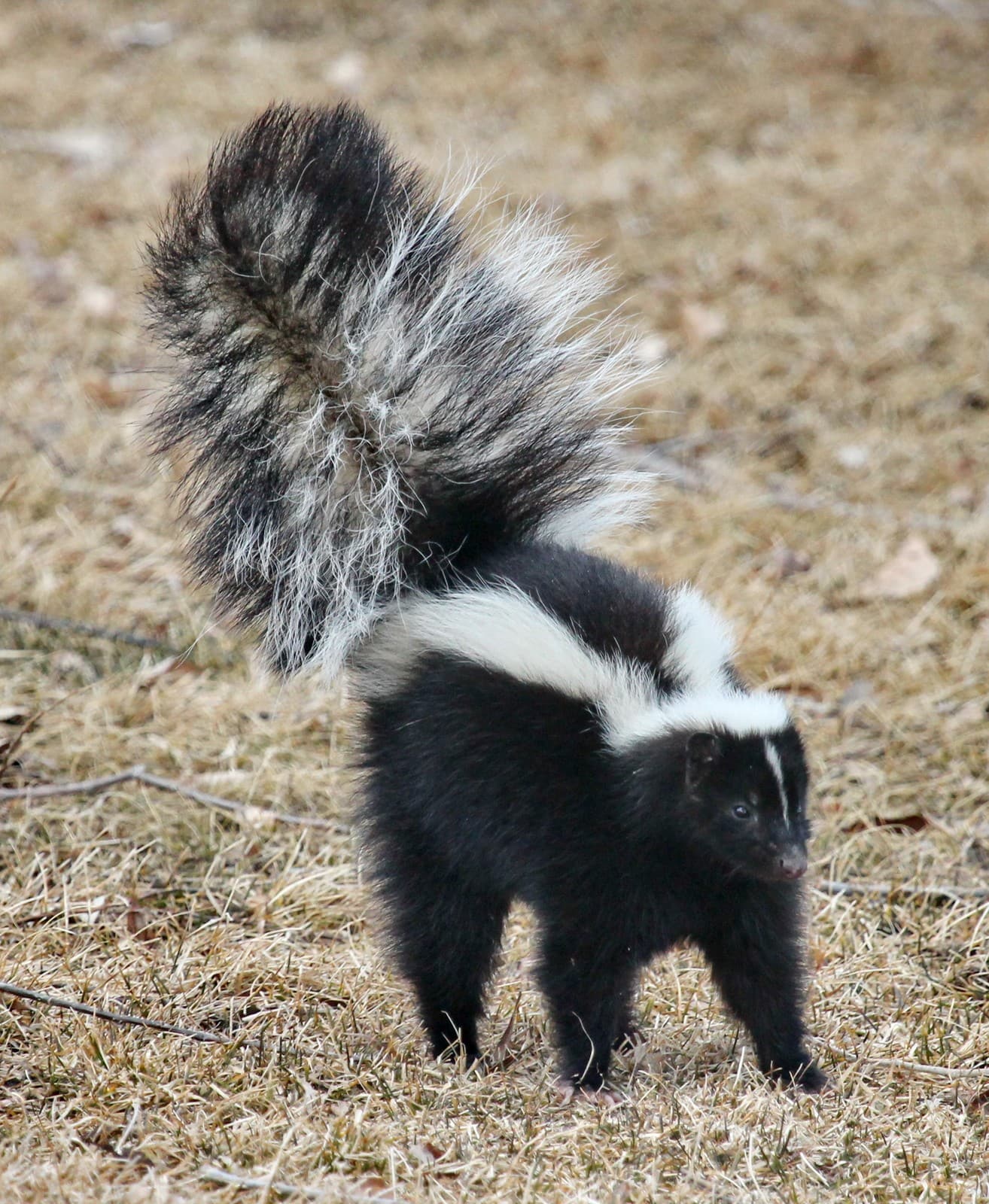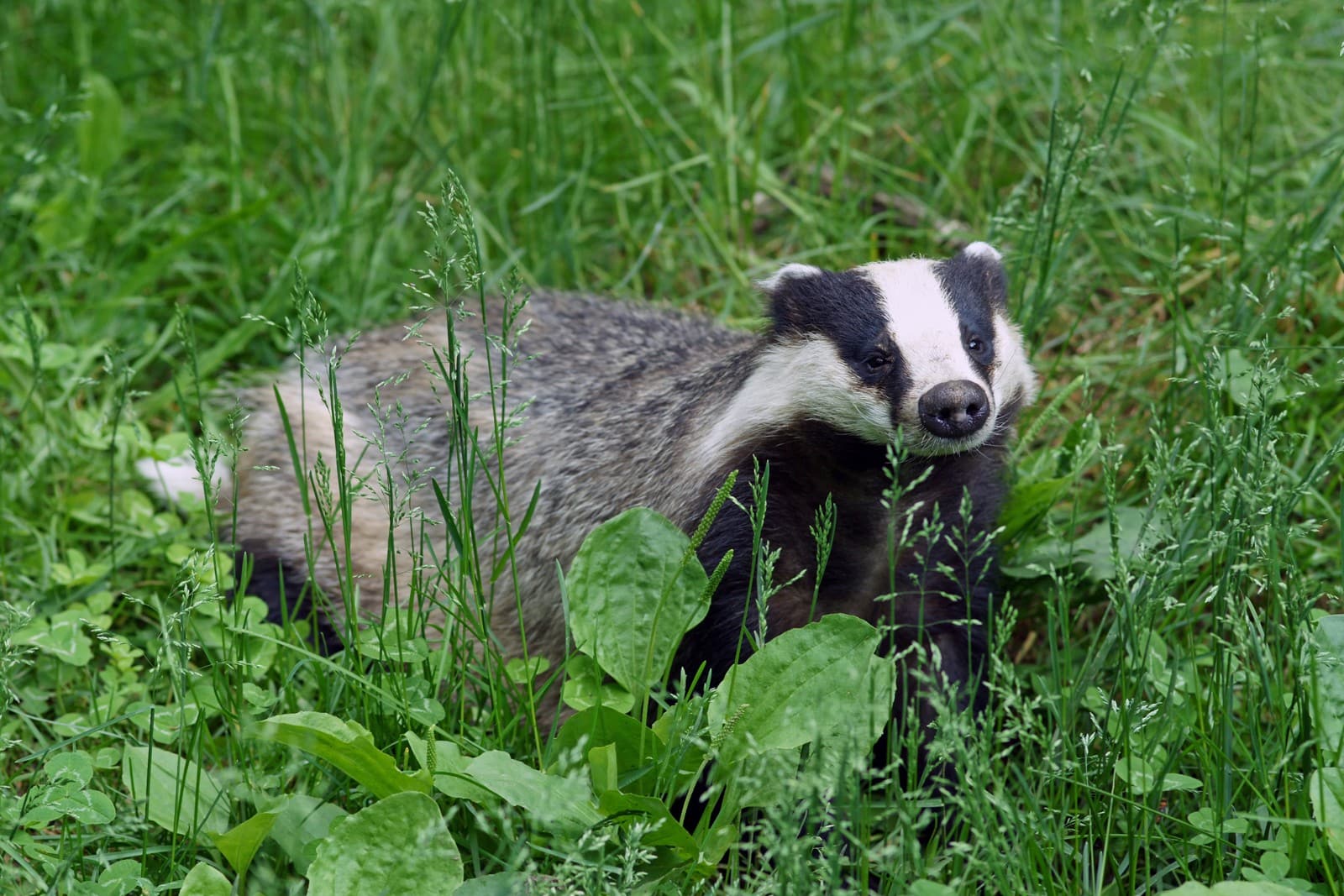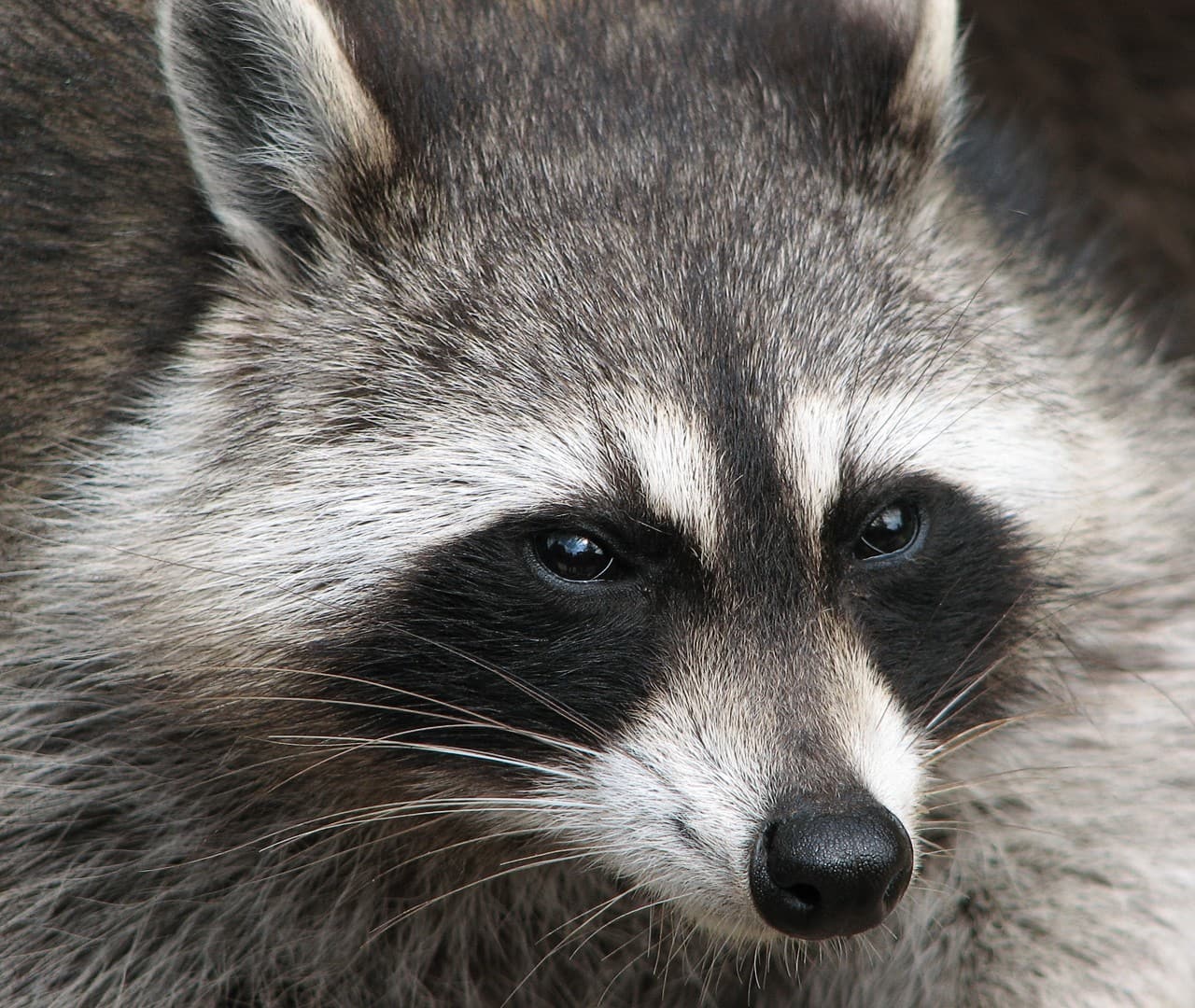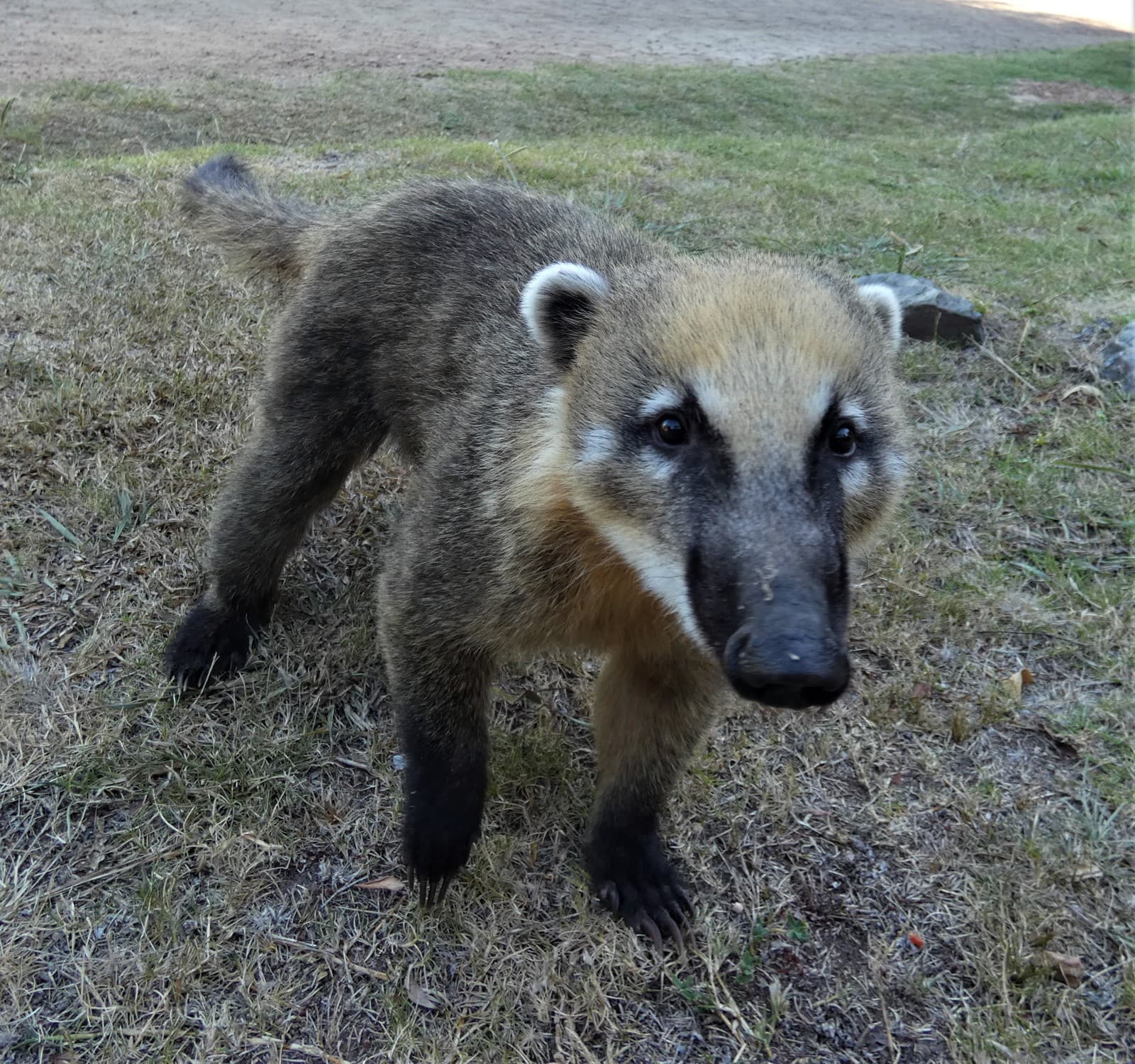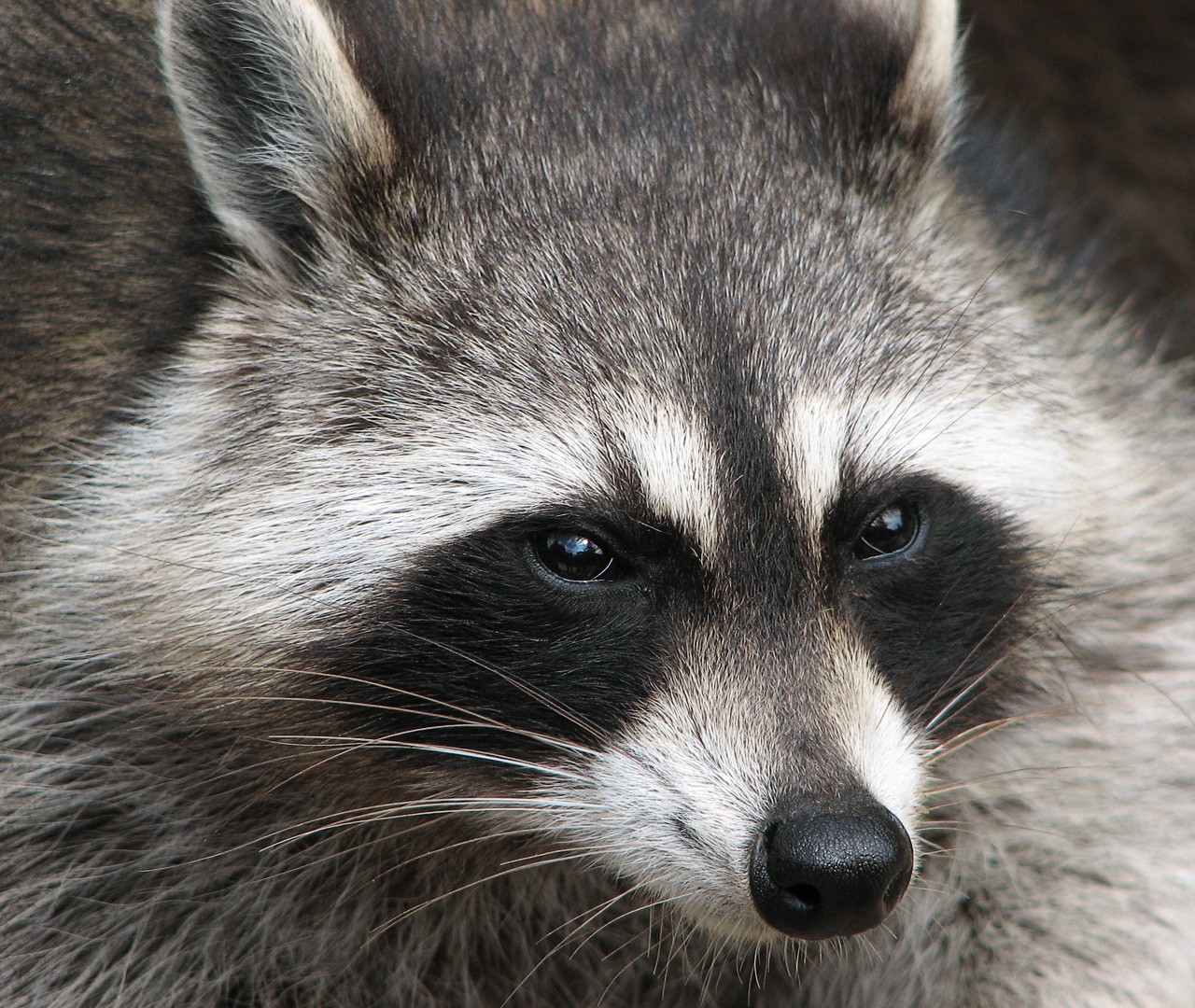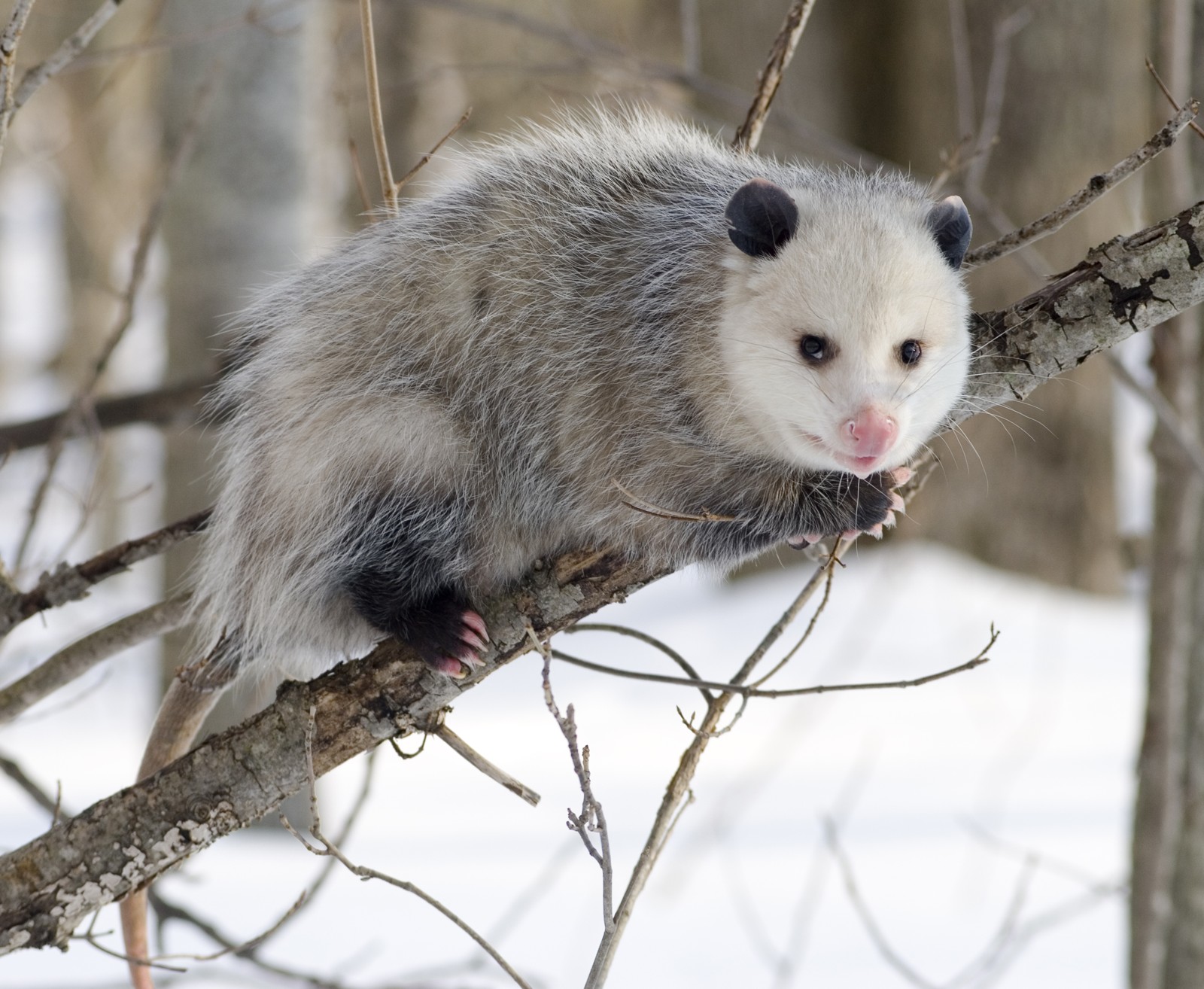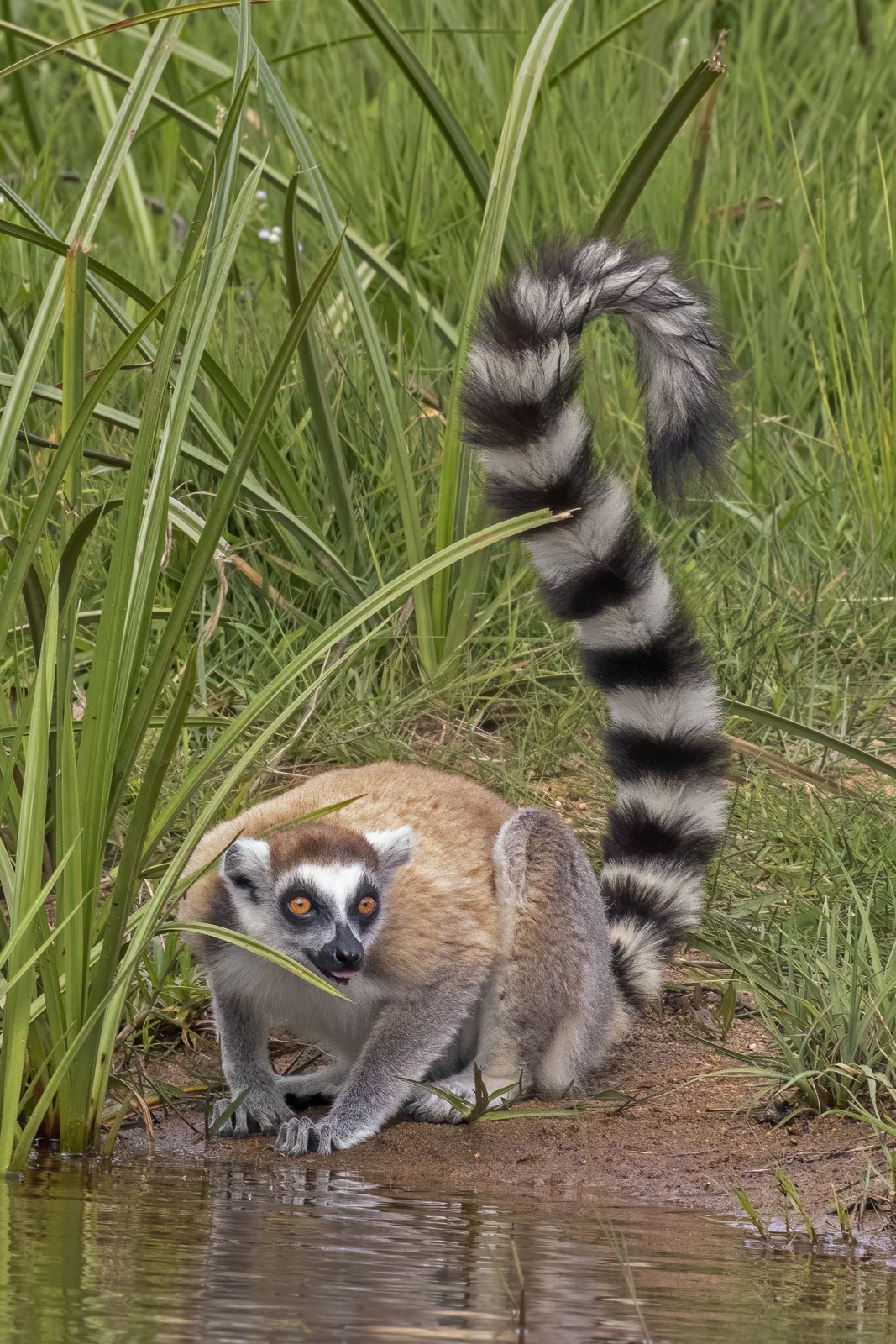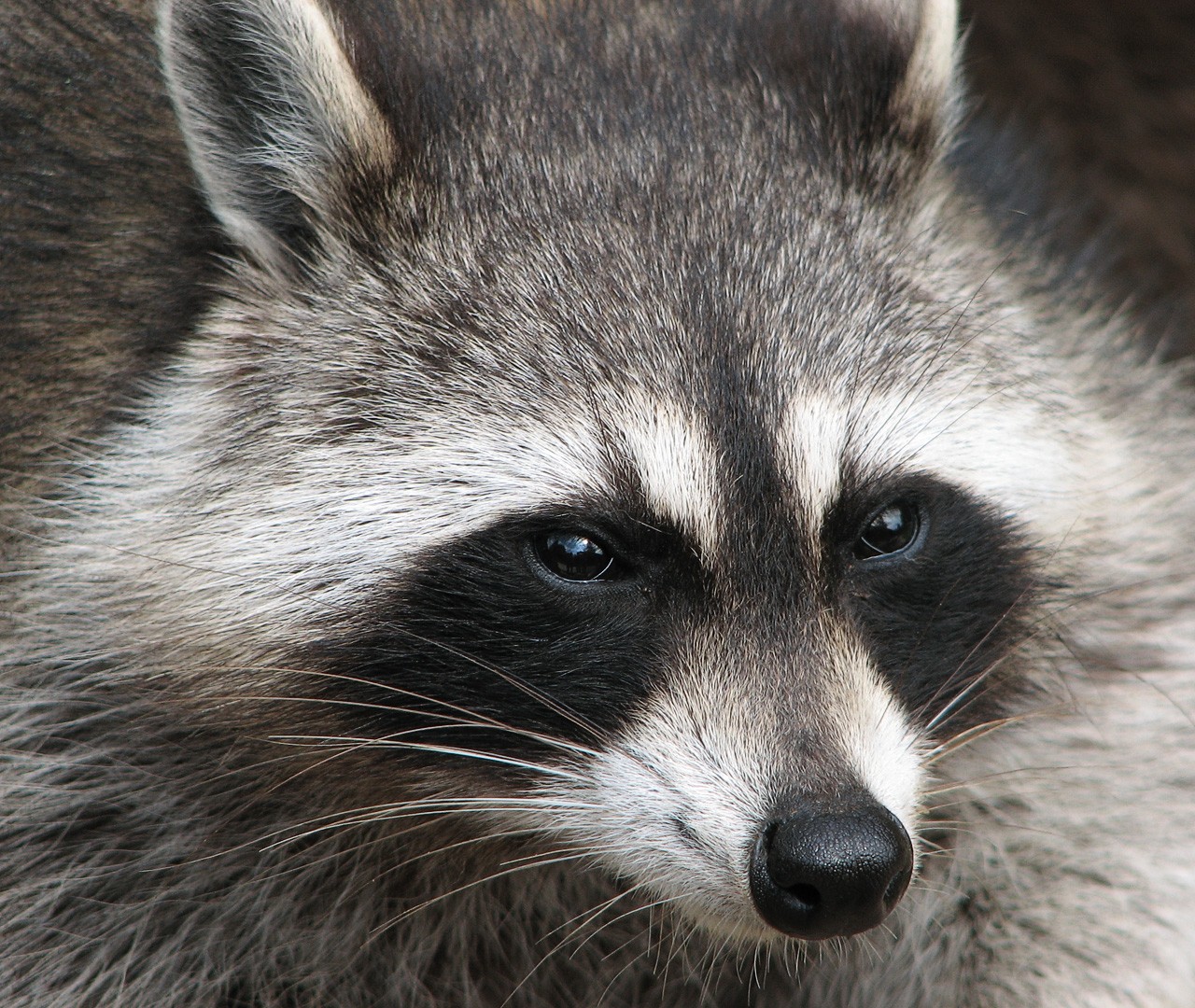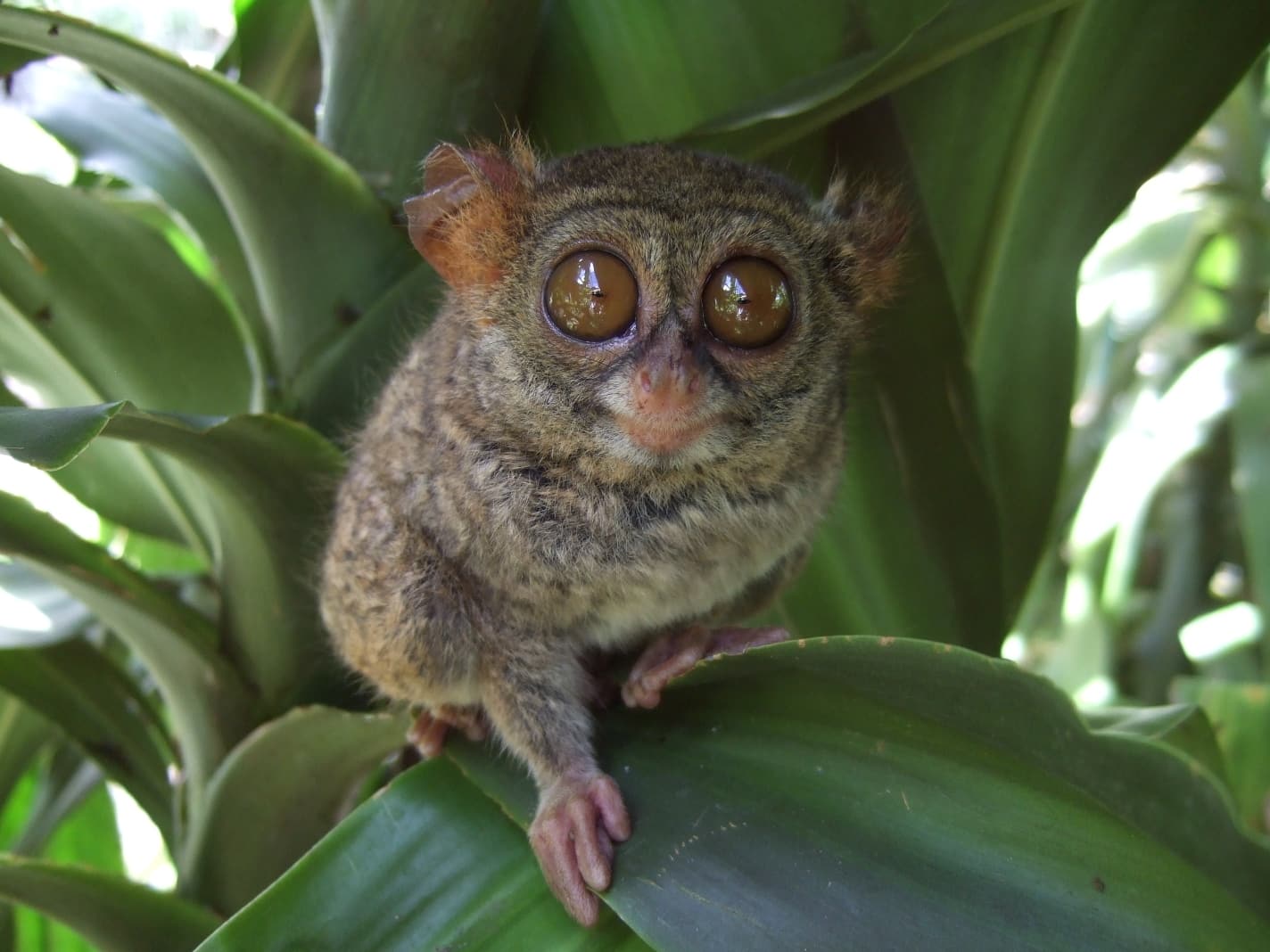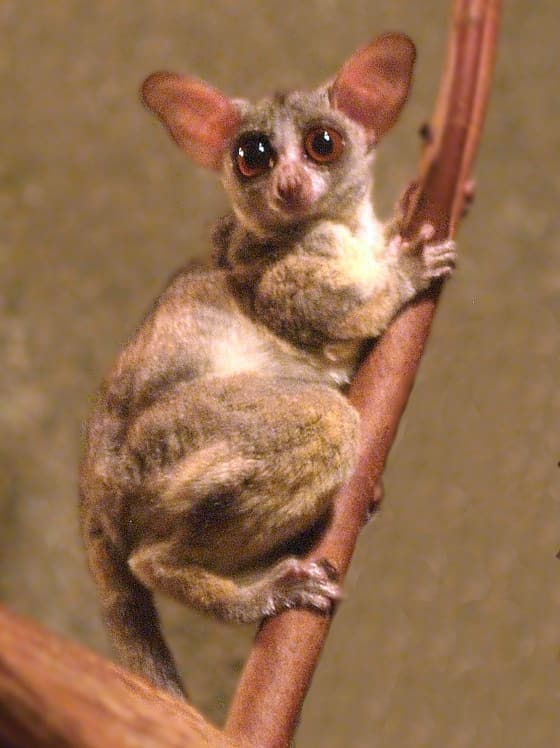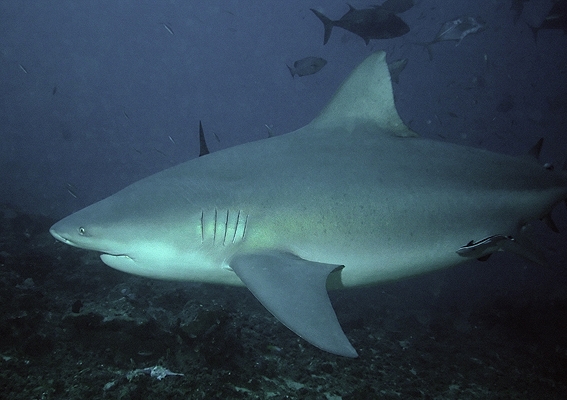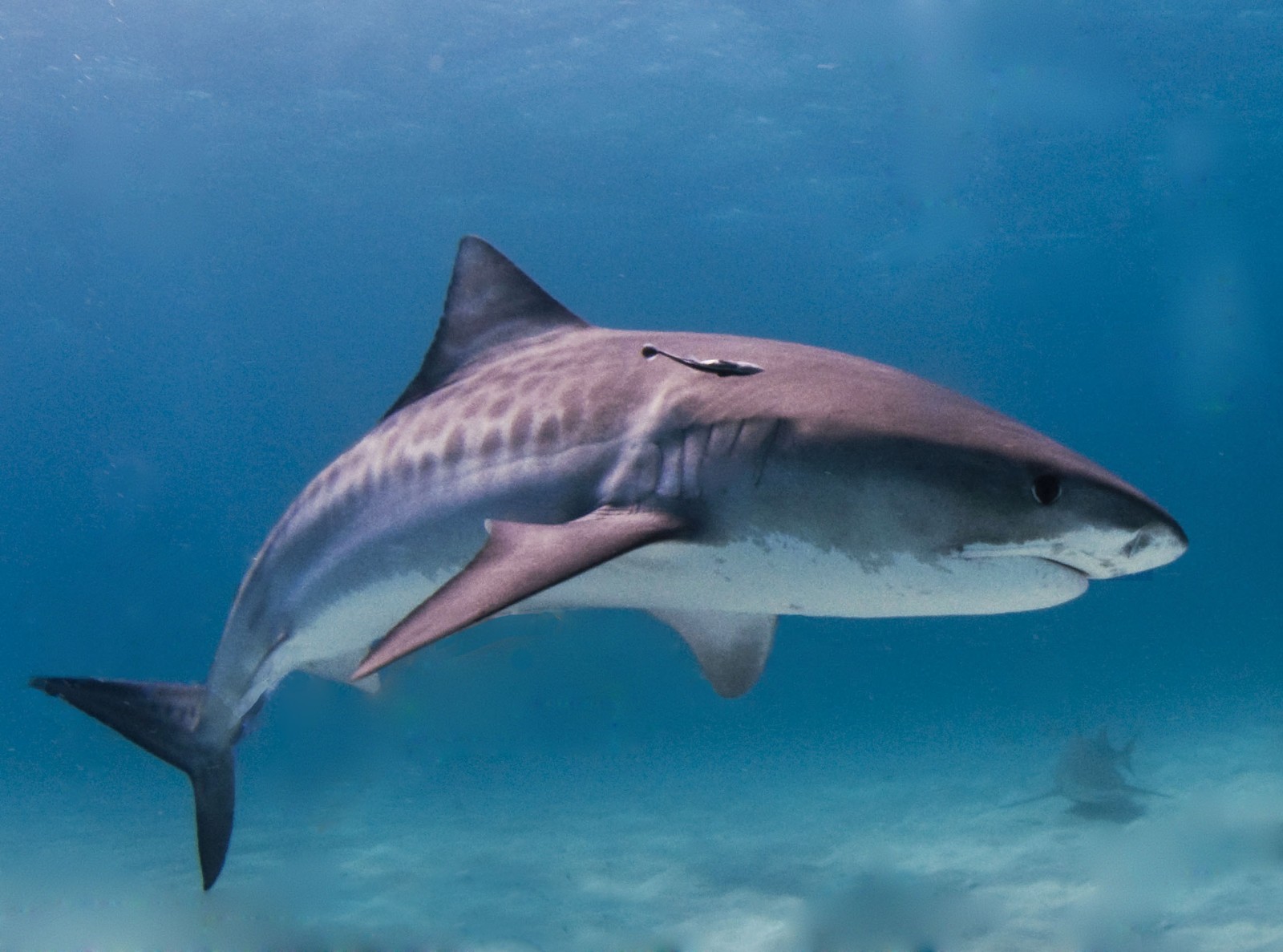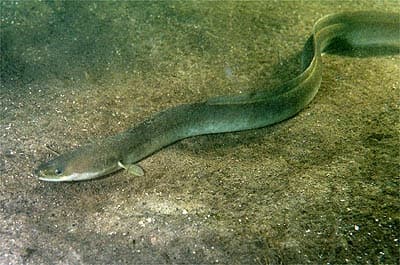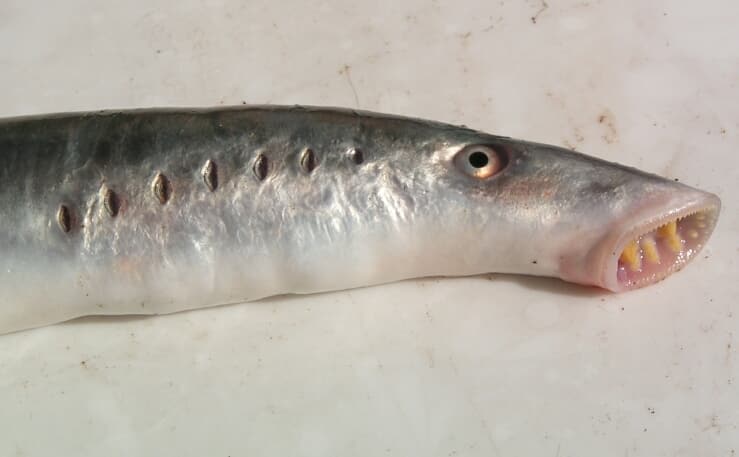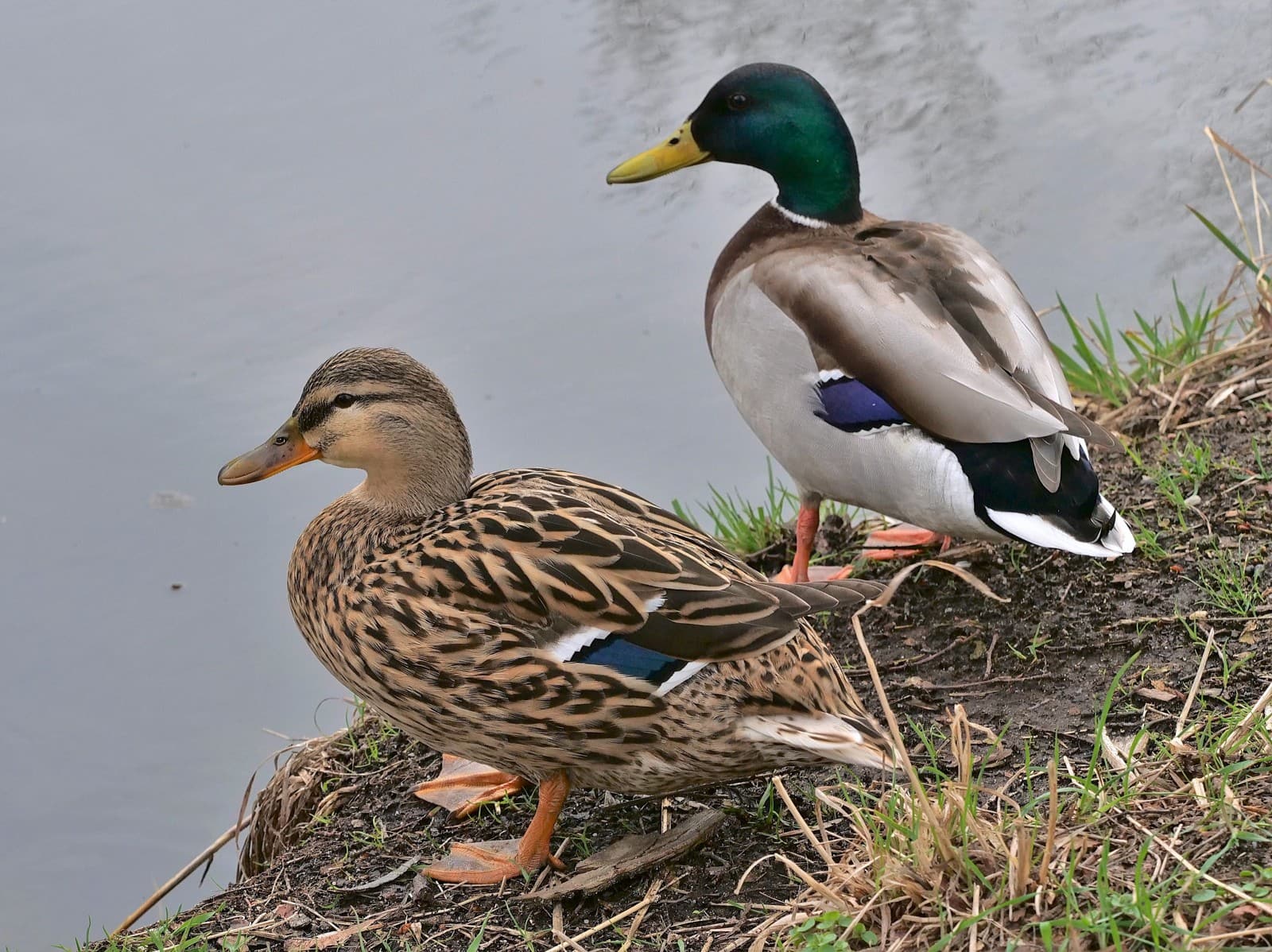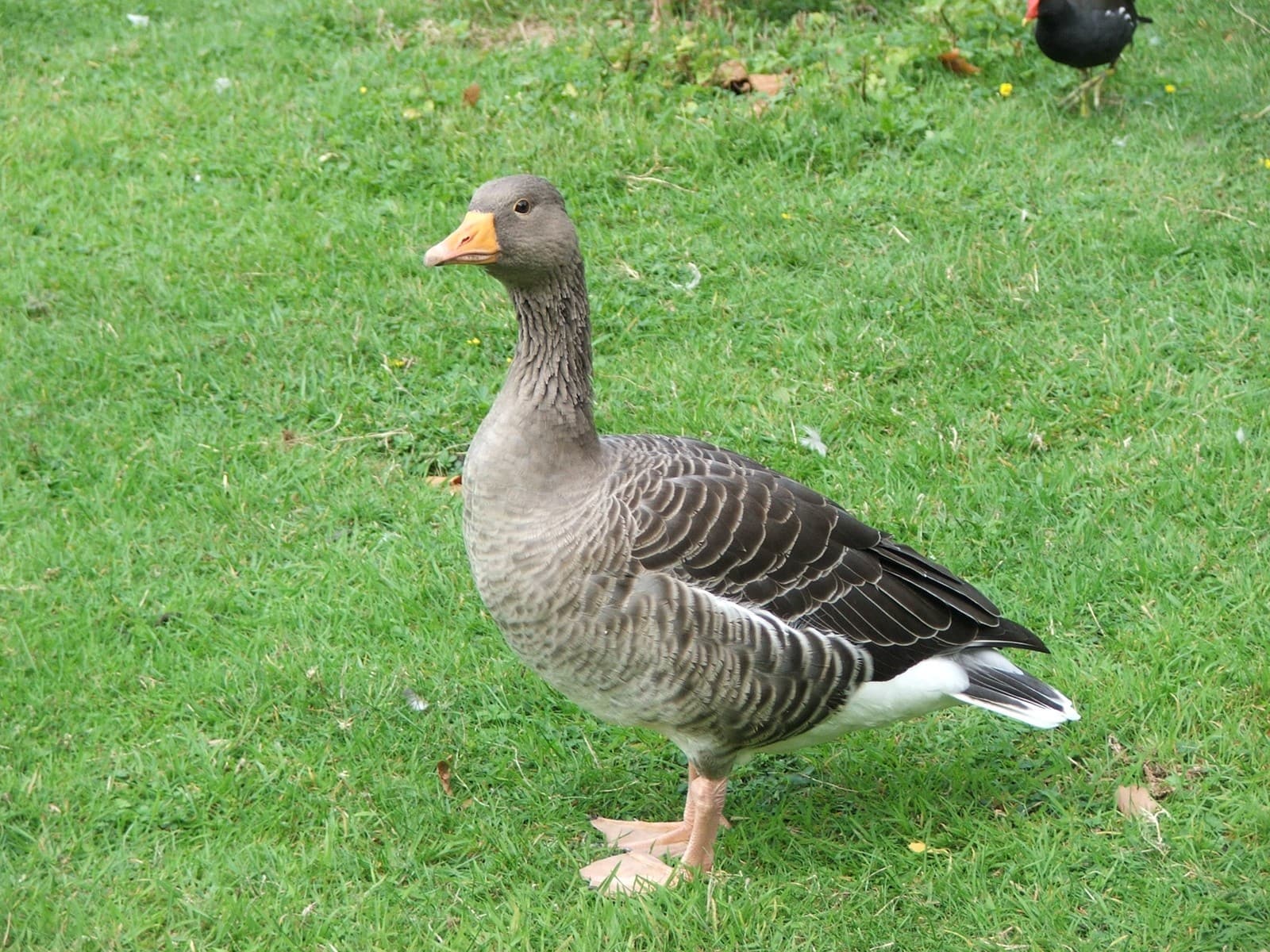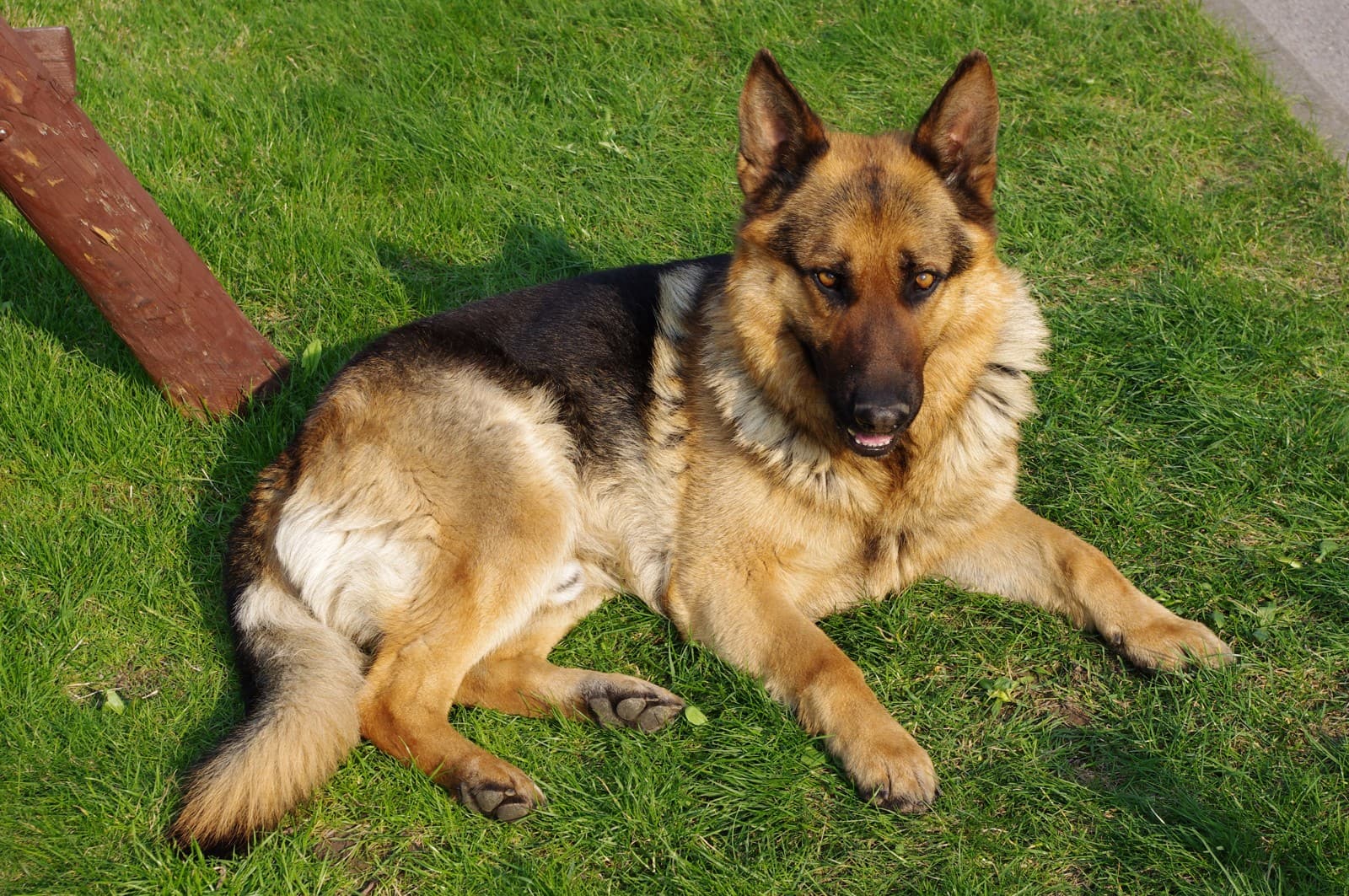Skunk vs Raccoon: A Complete Comparison
When comparing skunk vs raccoon encounters in North American neighborhoods, these two nocturnal mammals share several similarities but exhibit distinct differences in size, behavior, and defense mechanisms. While skunks typically weigh 4-10 pounds (1.8-4.5 kg), raccoons are notably larger, averaging 15-23 pounds (6.8-10.4 kg). Their most striking difference lies in their defensive strategies: skunks rely on their infamous spray, while raccoons use their remarkable dexterity and intelligence to evade threats.
Both animals have adapted remarkably well to urban environments, but their approaches to human interaction differ significantly. Skunks tend to avoid confrontation, using their distinctive warning posture before deploying their chemical defense, while raccoons show more bold and opportunistic behavior, often actively exploring human spaces for food sources.
Visual Comparison
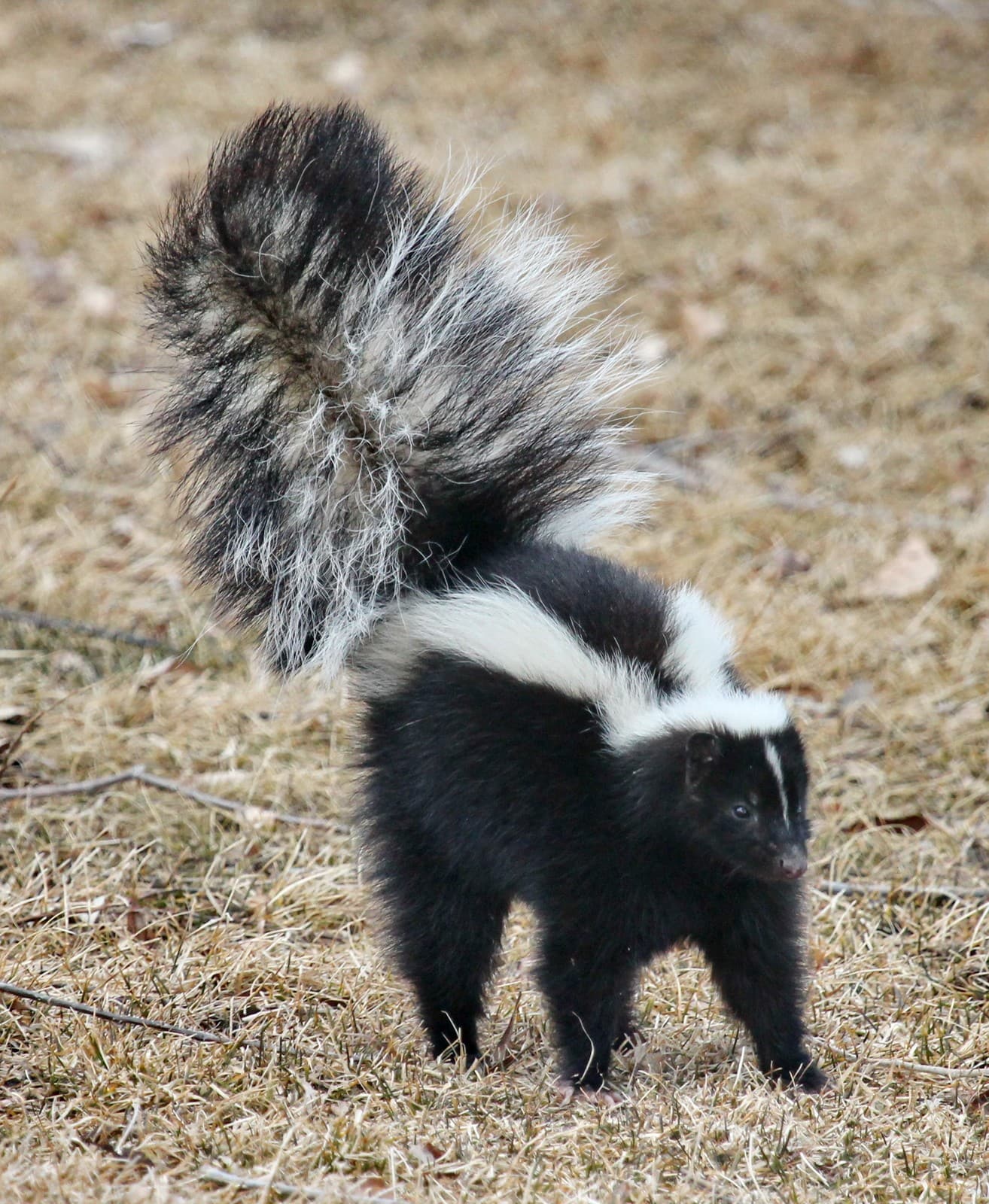
The striped skunk displays its characteristic warning posture, with its distinctive black and white coloration serving as a natural warning signal to potential threats. This defensive stance, with raised tail and forward-facing position, is a crucial precursor to deploying its powerful spray mechanism.
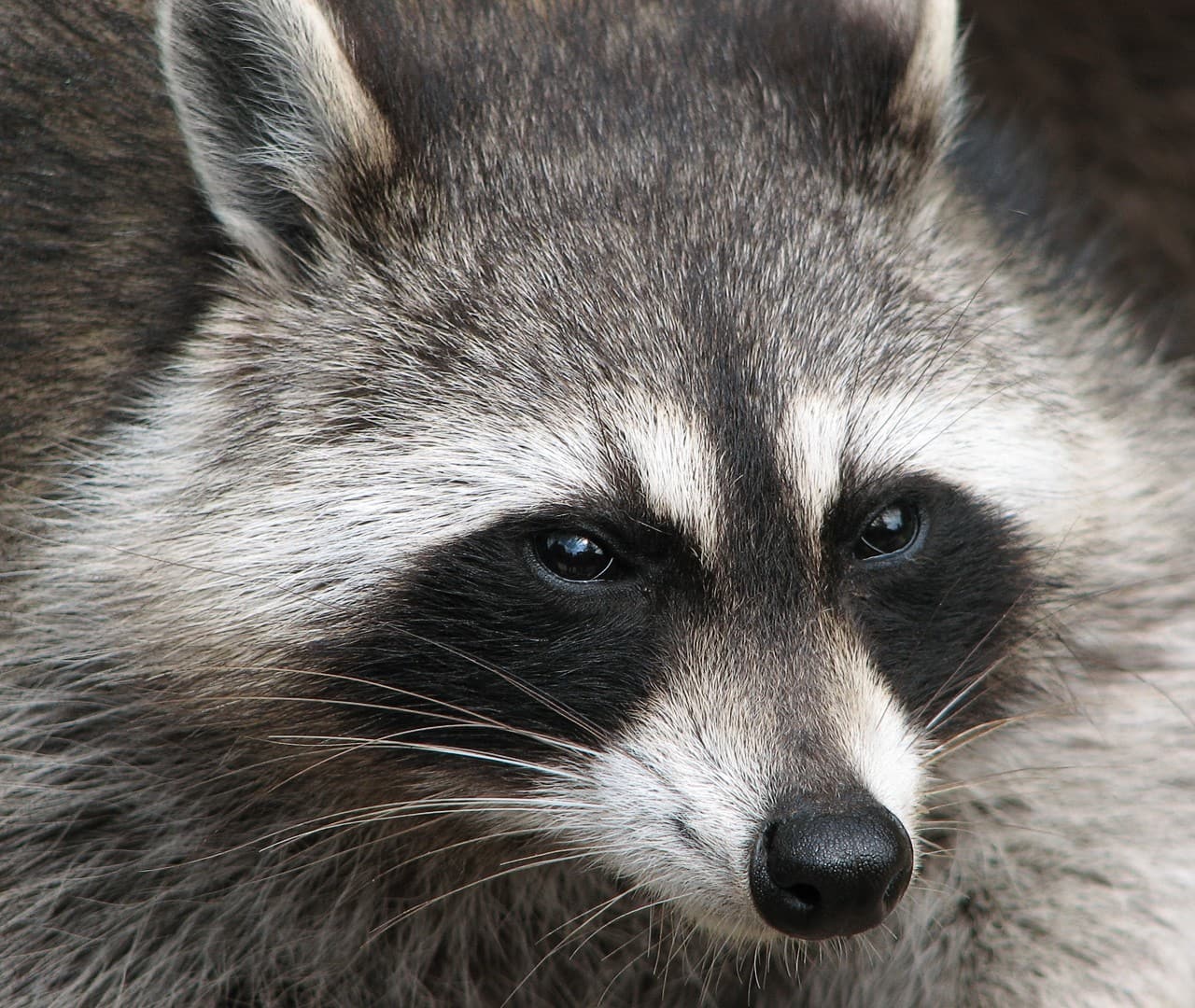
The raccoon’s distinctive “bandit mask” and intelligent expression reflect its adaptable nature and problem-solving abilities. These facial features, combined with highly sensitive whiskers and paws, make raccoons extremely capable at navigating both natural and urban environments.
Key Differences: Skunk vs Raccoon
| Feature | Skunk | Raccoon |
|---|---|---|
| Size | 4-10 lbs (1.8-4.5 kg) | 15-23 lbs (6.8-10.4 kg) |
| Defense Mechanism | Chemical spray up to 15 ft (4.6 m) | Agility, climbing, and intelligence |
| Diet | Mainly insects and small prey | Omnivorous opportunist |
| Dexterity | Limited manipulation skills | Highly dexterous paws |
| Intelligence | Basic problem-solving | Advanced problem-solving |
| Lifespan | 3-4 years wild | 2-3 years wild |
Behavior and Habits
Defensive Strategies
Skunks are famous for their potent defensive spray, which can reach distances of up to 15 feet (4.6 meters). This sulfuric compound can cause temporary blindness and extreme discomfort. Before spraying, skunks display clear warning signs: stamping front feet, raising their tail, and making short charging runs.
Raccoons, conversely, rely on their agility and intelligence. They’re excellent climbers and swimmers, using these skills to escape threats. Their problem-solving abilities allow them to navigate complex urban environments and escape from sophisticated enclosures.
Feeding Patterns
While both animals are opportunistic feeders, their approaches differ significantly. Skunks primarily focus on insects, grubs, and small rodents, using their powerful claws to dig for food. Raccoons display more versatile feeding habits, readily adapting to human food sources and showing remarkable dexterity in manipulating objects to access food.
Habitat and Range
Both species thrive across North America, but their habitat preferences show distinct patterns. Skunks prefer open areas with mixed woodlands and fields, maintaining a more consistent territory. Raccoons adapt more readily to urban environments, making use of human structures and showing greater flexibility in their habitat selection.
Who Would Win in a Confrontation?
While direct confrontations between skunks and raccoons are rare, raccoons generally have the physical advantage due to their larger size and superior strength. However, skunks’ chemical defense mechanism serves as a powerful deterrent, making most raccoons avoid direct conflict. In natural settings, these species typically avoid each other, occupying different niches despite sharing similar territories.
Disease Concerns
Both animals can carry rabies and other zoonotic diseases, but their transmission risks differ:
- Skunks: Higher risk of rabies transmission in certain regions
- Raccoons: Primary vector for raccoon roundworm, higher risk in urban areas
Dealing with Wildlife Encounters
When encountering either animal:
- Maintain distance
- Avoid sudden movements
- Never feed or approach
- Secure garbage and pet food
- Contact wildlife professionals for removal
Understanding the distinct characteristics of skunks vs raccoons helps in wildlife management and peaceful coexistence with these fascinating nocturnal neighbors.
